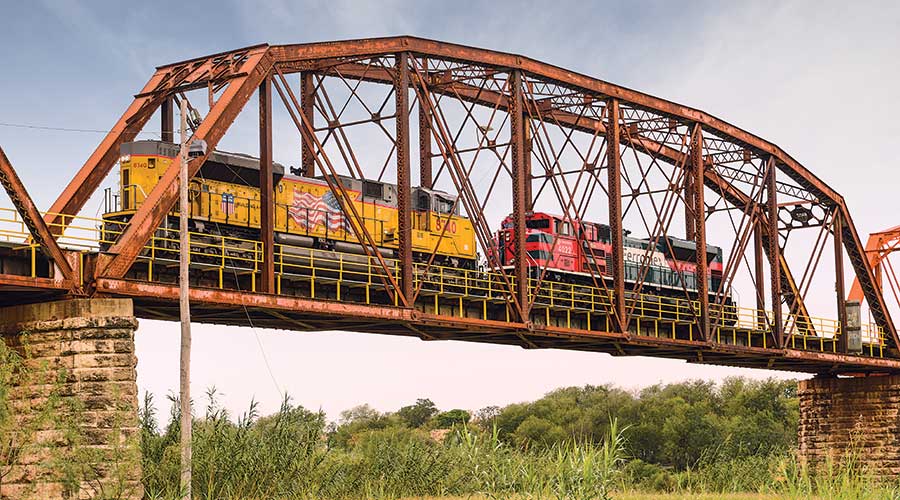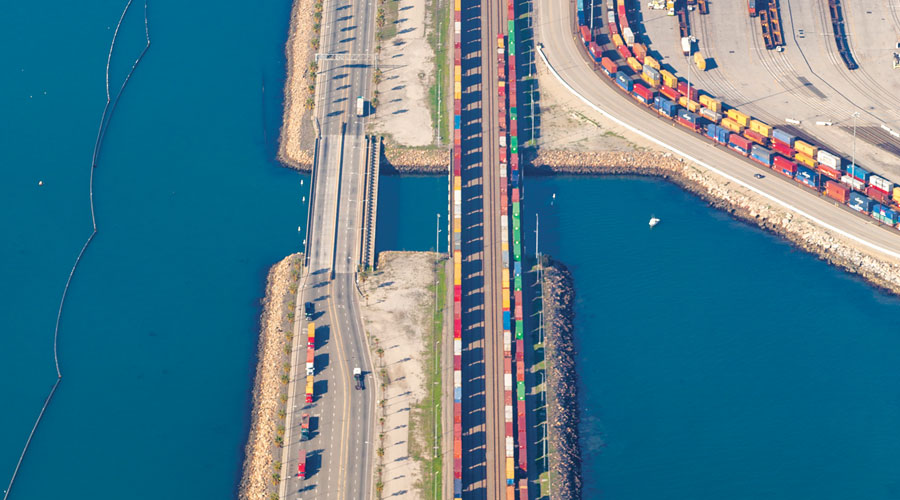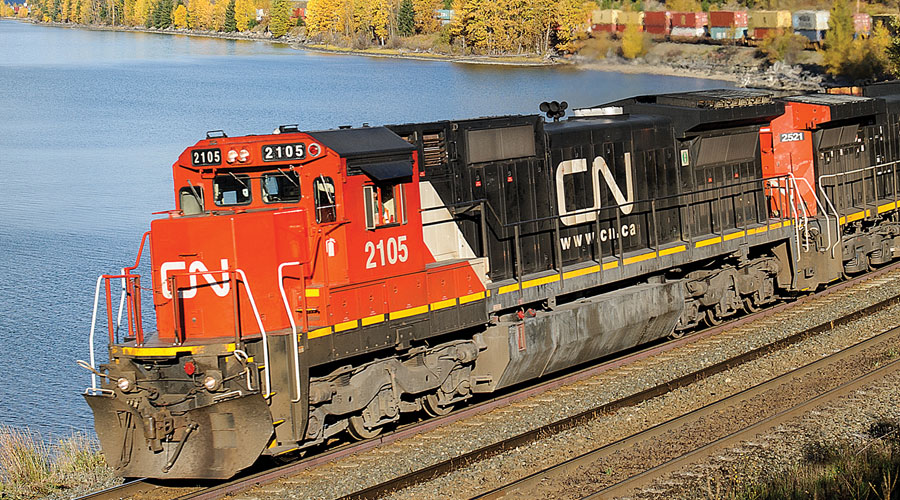Stay updated on news, articles and information for the rail industry
October 2012
Rail News: Intermodal
Port of Vancouver expansion project ramps up
By Angela Cotey, Associate Editor
It has been a little more than a year since Progressive Railroading checked in with the Port of Vancouver USA to learn more about its expansion program, the West Vancouver Freight Access project. At that time, the port was four years into the 10-year program, and was focusing primarily on planning, permitting and public outreach.
Fast forward one year and construction has ramped up at the port. More than $80 million worth of construction activity is under way, including early work on what port officials refer to as the "crown jewel" of the program: a new rail entrance that includes a trench and rail line where trains can enter the port from the east.
Today, the port's rail traffic has to enter and leave the port at grade, which essentially stops all train movements on the north-south mainline used by BNSF Railway Co., Union Pacific Railroad and Amtrak.
The new rail entrance will be grade separated, located under an existing rail bridge, helping to increase velocity and improve on-time performance for trains operating in the area. Those benefits helped the port and state of Washington obtain a $15 million High-Speed Intercity Passenger Rail grant for the $38 million project.
"It really goes back to the whole foundation of what the port offers, which is a benefit back to the national rail network" says Curtis Shuck, the port's director of economic development and facilities.
The pile-supported, three-sided trench will run along the shore of the Columbia River, below the river's high-water line.
The federal grant has enabled the port to accelerate the rail entrance, which is one of 21 projects that make up the port expansion program. The new entrance is scheduled to be complete by the end of 2015. Then, the port will be able to handle trains that are more than 110 cars long.
"One of our niches at the port is really the handling of bulk and freight bulk products, and those typically move in larger units, with single origin and destination points," says Shuck. "Those trains are over a mile and a half long."
Port customers are counting on the increased capacity and improved velocity. Mining company BHP Billiton is building a potash export facility at the port and has indicated it plans to run 177-car trains. And United Grain Corp. is completing an $80 million expansion project at the port that will give the company the largest grain elevator on the West Coast, enabling United Grain to increase business 50 percent, says Shuck.
"These projects make the need for velocity improvements that much greater in this region," he says.
The entire $275 million port expansion program is scheduled to be complete in 2017, but railroads and shippers should begin seeing speed and capacity improvements before then, says Shuck. Each of the project elements have independent utility.
"These projects are not all necessarily tied together, so we bring them on line, we can derive benefit from them individually," says Shuck.
Once complete, the Port of Vancouver will feature 45 track miles versus the current 18, and rail capacity will increase from about 50,000 cars annually to more than 160,000. And, projections show that the new rail entrance and increased velocity into and out of the port will result in as much as a 40 percent capacity increase for the regional rail system, says Shuck.
"That just means more train slots for everybody," he says. "The rising tide lifts all ships."


 2025 MOW Spending Report: Passenger-rail programs
2025 MOW Spending Report: Passenger-rail programs
 Gardner steps down as Amtrak CEO
Gardner steps down as Amtrak CEO
 Guest comment: Oliver Wyman’s David Hunt
Guest comment: Oliver Wyman’s David Hunt
 Women of Influence in Rail eBook
Women of Influence in Rail eBook
 railPrime
railPrime







